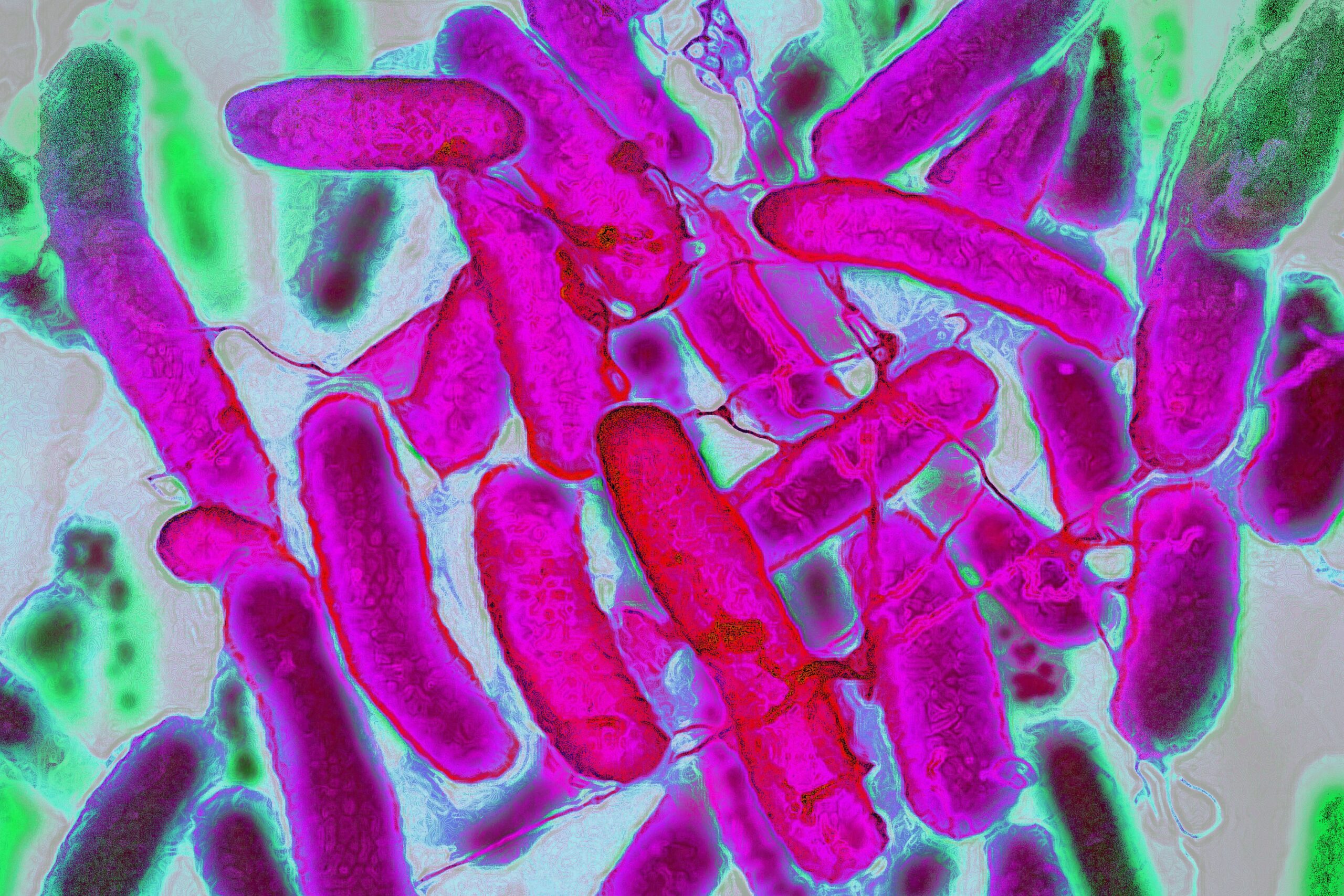The proliferation of difficult-to-treat bacterial diseases represents a growing threat, according to the World Health Organization’s (WHO) Global Antibiotic Resistance Surveillance Report. The report reveals that, between 2018 and 2023, antibiotic resistance increased by more than 40 percent in monitored pathogen-drug combinations, with an average annual increase of 5-15 percent.
According to data reported by more than 100 countries to WHO’s Global Antimicrobial Resistance and Use Surveillance System (GLASS), one in six laboratory-confirmed bacteria in 2023 proved resistant to antibiotic treatment, all related to various common diseases globally.
Superbugs
For the first time, this edition of the report includes prevalence estimates of resistance to 22 antibiotics used to treat urinary tract, gastrointestinal, bloodstream, and gonorrheal conditions. The analysis focused on eight common pathogens: Acinetobacter spp, Escherichia coli, Klebsiella pneumoniae, Neisseria gonorrhoeae, non-typhoidal Salmonella spp, Shigella spp, Staphylococcus aureus, and Streptococcus pneumoniae.
The results show that resistant gram-negative bacteria pose the greatest threat. Of particular note are Escherichia coli and Klebsiella pneumoniae, which are associated with bloodstream infections that can lead to sepsis, organ failure, and death. “More than 40 percent of E. coli and more than 55 percent of K. pneumoniae strains worldwide are now resistant to third-generation cephalosporins, the first-choice treatment for these types of infections,” the report warns.
These microorganisms are joined by Salmonella and Acinetobacter, which are also developing resistance to essential drugs such as carbapenemics and fluoroquinolones. This reduces therapeutic alternatives and forces the use of last-resort antibiotics, which are often expensive and difficult to access, especially in low- and middle-income countries.
Medicine Lags Behind
“Antimicrobial resistance is outpacing advances in modern medicine, threatening the health of families worldwide,” said WHO director-general Tedros Adhanom Ghebreyesus in a statement. “We must use antibiotics responsibly, and make sure everyone has access to the right medicines, quality-assured diagnostics, and vaccines.”
Optimizing surveillance systems and obtaining accurate data is an urgent task. Although there has been progress, it is still insufficient. Between 2016 and 2023, the number of countries participating in GLASS quadrupled from 25 to 104. However, 48 percent did not report data in 2023, and almost half of those that did report lacked sufficient infrastructure to generate reliable data.
WHO warns that addressing this problem must be a priority in regions such as Southeast Asia and the Eastern Mediterranean, where one in three reported infections is resistant, as well as in Africa, where one in five has the same condition.
“Achieving this target will require concerted action to strengthen the quality, geographic coverage, and sharing of AMR surveillance data to track progress,” the report states. “Countries should scale up coordinated interventions designed to address antimicrobial resistance across all levels of health care and ensure that treatment guidelines and essential medicines lists align with local resistance patterns.”
The Interagency Coordination Group on Antimicrobial Resistance warns that this problem is among the top 10 threats to humanity. Without effective action, annual deaths from drug-resistant infections could exceed 10 million by 2050.
“Our future also depends on strengthening systems to prevent, diagnose and treat infections and on innovating with next-generation antibiotics and rapid point-of-care molecular tests,” Ghebreyesus concluded.
This story originally appeared in WIRED en Español and has been translated from Spanish.



